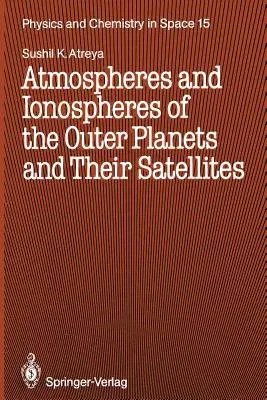Sushil K Atreya
(Author)Atmospheres and Ionospheres of the Outer Planets and Their Satellites (Softcover Reprint of the Original 1st 1986)Paperback - Softcover Reprint of the Original 1st 1986, 6 December 2011

Qty
1
Turbo
Ships in 2 - 3 days
In Stock
Free Delivery
Cash on Delivery
15 Days
Free Returns
Secure Checkout
Part of Series
Physics and Chemistry in Space
Part of Series
Physics and Chemistry in Space (Closed)
Print Length
224 pages
Language
English
Publisher
Springer
Date Published
6 Dec 2011
ISBN-10
3642713963
ISBN-13
9783642713965
Description
Product Details
Author:
Book Edition:
Softcover Reprint of the Original 1st 1986
Book Format:
Paperback
Country of Origin:
NL
Date Published:
6 December 2011
Dimensions:
23.39 x
15.6 x
1.3 cm
ISBN-10:
3642713963
ISBN-13:
9783642713965
Language:
English
Location:
Berlin, Heidelberg
Pages:
224
Publisher:
Weight:
344.73 gm

